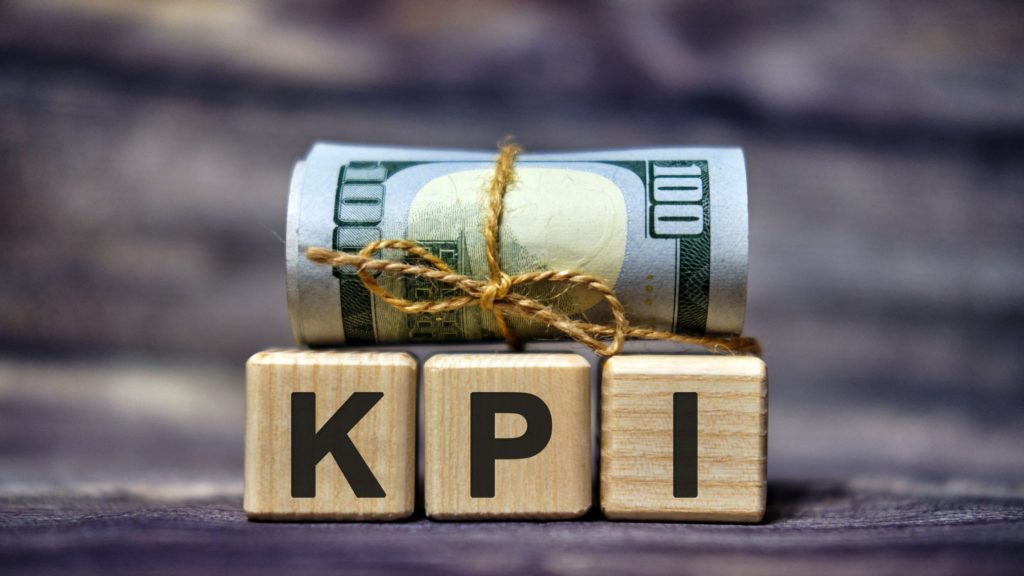Achievement in the dynamic hospitality industry depends on adaptability, optimization, and the delivery of exceptional guest experiences. Hotel management software is the operational foundation, allowing hoteliers to automate tasks, improve efficiency, and achieve maximum profitability. To evaluate the performance of such systems and make sure they facilitate business objectives, it is important to track Key Performance Indicators (KPIs). In this blog, we will cover the most critical KPIs for hotel management software and how they contribute to operational excellence and guest satisfaction.
Table of Contents
- Occupancy Rate
- Average Daily Rate (ADR)
- Revenue per Available Room (RevPAR)
- Average Length of Stay (ALOS)
- Guest Satisfaction Scores
- Operational Efficiency Metrics
- Direct Booking Percentag

1. Occupancy Rate
Occupancy rate is a key KPI, which tracks percentage occupancy of rooms in a given period. It’s a gauge of high or low demand and revenue potential and could be a pointer to price or marketing opportunity if low. Hotel management software ought to offer real-time occupancy analytics to allow revenue managers to vary price strategies on the fly and maximize revenue per available room (RevPAR).
2. Average Daily Rate (ADR)
Average Daily Rate is the average revenue per room per day. By knowing ADR trends, hotel managers are able to measure pricing competitiveness, demand trends, and promotion effectiveness. Hotel management software must be capable of providing solid reporting features to measure ADR by room type, channel, and segment, in order to enable revenue managers to maximize rate and optimize revenue yield.
3. Revenue per Available Room (RevPAR)
RevPAR is a key financial metric that measures a hotel management ability to earn revenue per available room, taking into account occupancy and ADR. RevPAR provides a comprehensive view of revenue performance and market competitiveness. Hotel management software should provide real-time RevPAR monitoring and forecasting capabilities so that hoteliers are able to make decisions to optimize revenue and profitability.
4. Average Length of Stay (ALOS)
Average Length of Stay is the average number of nights the guests are in the hotel. The greater the ALOS, the greater the guest satisfaction, loyalty, and ancillary revenue opportunity. Hotel management software needs to be utilized to track ALOS by guest segment and book channel so hoteliers can realign marketing efforts and enhance guest experiences to extend the stay.
5. Guest Satisfaction Scores
Guest Satisfaction Scores, which are typically measured through guest feedback questionnaires or online reviews, reflect overall guest experience and satisfaction level. Hotel management software needs to be integrated with guest feedback systems to collect and analyze guests’ opinions in real-time. Tracking satisfaction scores enables hoteliers to identify areas of improvement, address guests’ issues in a timely fashion, and enhance service delivery.
6. Operational Efficiency Measures
Operational effectiveness metrics such as check-in/check-out time, housekeeping turnaround and maintenance response time are essential to monitor if hotel management software is delivering on the promise of automating processes and improving productivity. Software solutions need to provide performance dashboards and analytics capabilities to monitor these metrics and establish areas of process improvement and cost reduction.
7. Direct Booking Percentage
Direct Booking Percentage is the proportion of bookings made directly on the hotel management website or reservation center rather than third-party online travel agencies (OTAs) or booking websites. The higher the direct booking percentage, the higher the brand loyalty, lower distribution costs and improved profit margins. Hotel management software needs to have robust direct booking tools and reporting to drive more direct bookings and break OTA dependency.

Conclusion
In today’s rapidly competitive hospitality industry, the application of hotel management software is essential in driving operational greatness, revenue maximization, and delivering world-class guest experiences. However, hoteliers must ensure that they measure and track significant performance indicators (KPIs) that articulate business objectives as well as guest satisfaction targets, so that such systems can indeed make a real impact. By tracking occupancy rate, ADR, RevPAR, ALOS, customer satisfaction scores, operational efficiency parameters, and direct booking rate, hoteliers can make significant inferences regarding revenue performance, operational efficiency, and loyalty. Hotel management software needs to be capable of providing robust reporting and analytics features to track these KPIs in real-time and facilitate data-driven decision-making. Finally, by concentrating on the correct KPIs and using the intelligence of hotel management software, hoteliers can maximize performance, maximize profitability, and take the guest experience to new levels.

